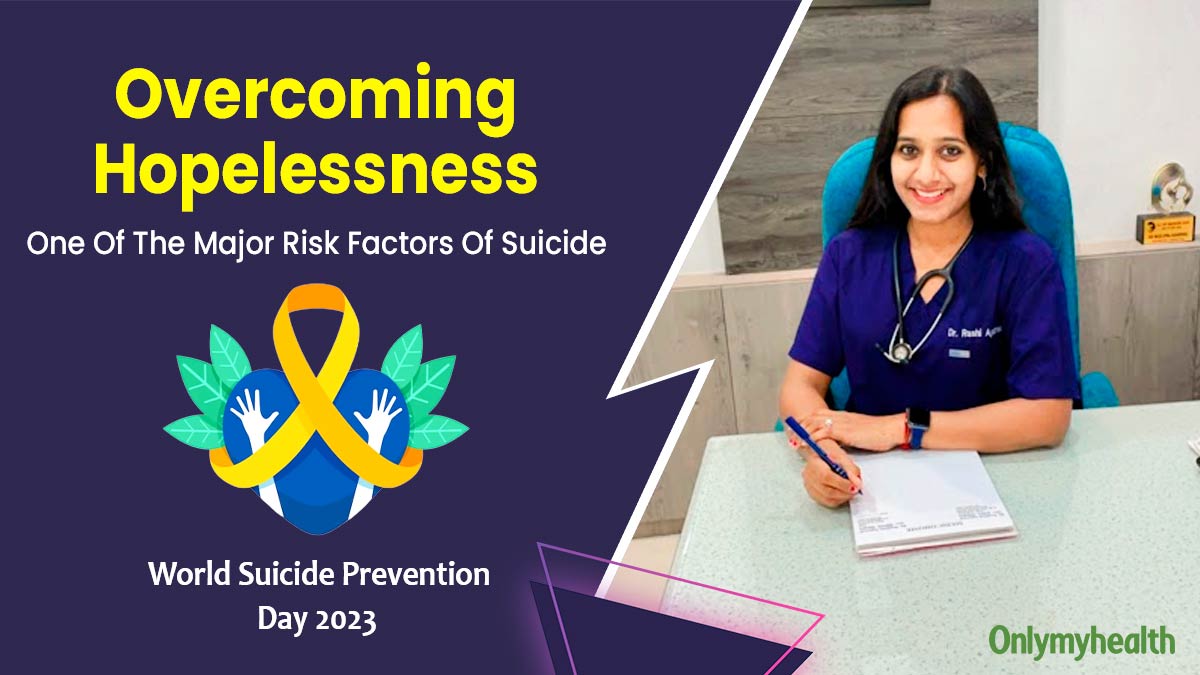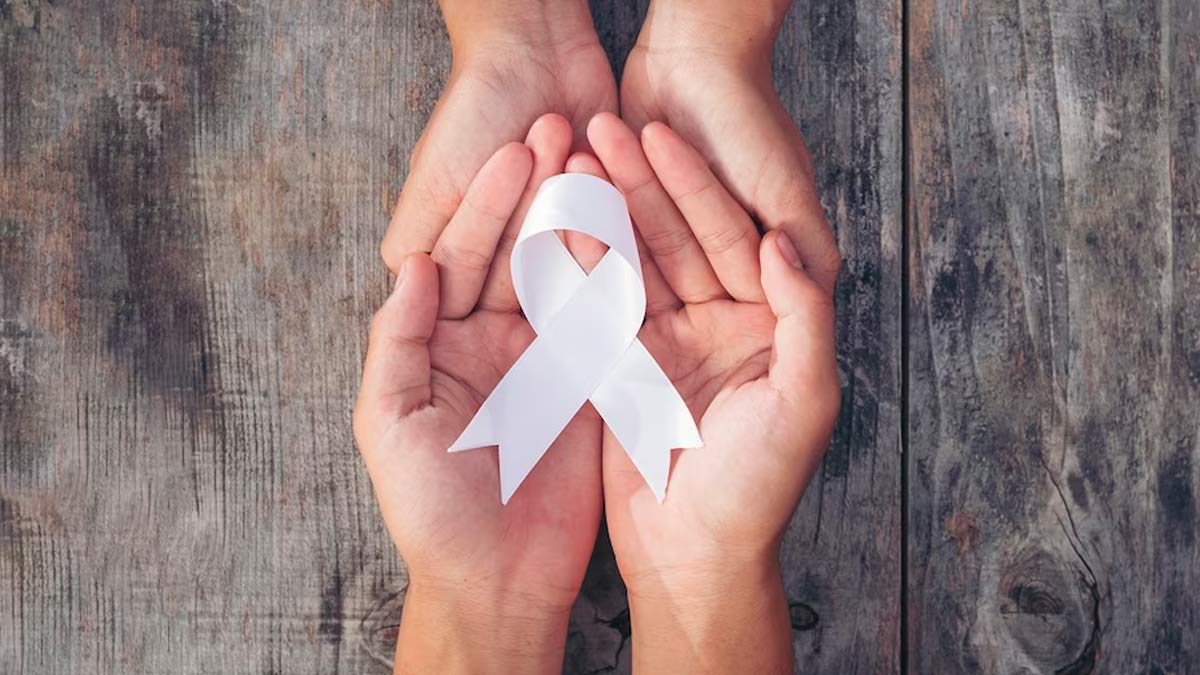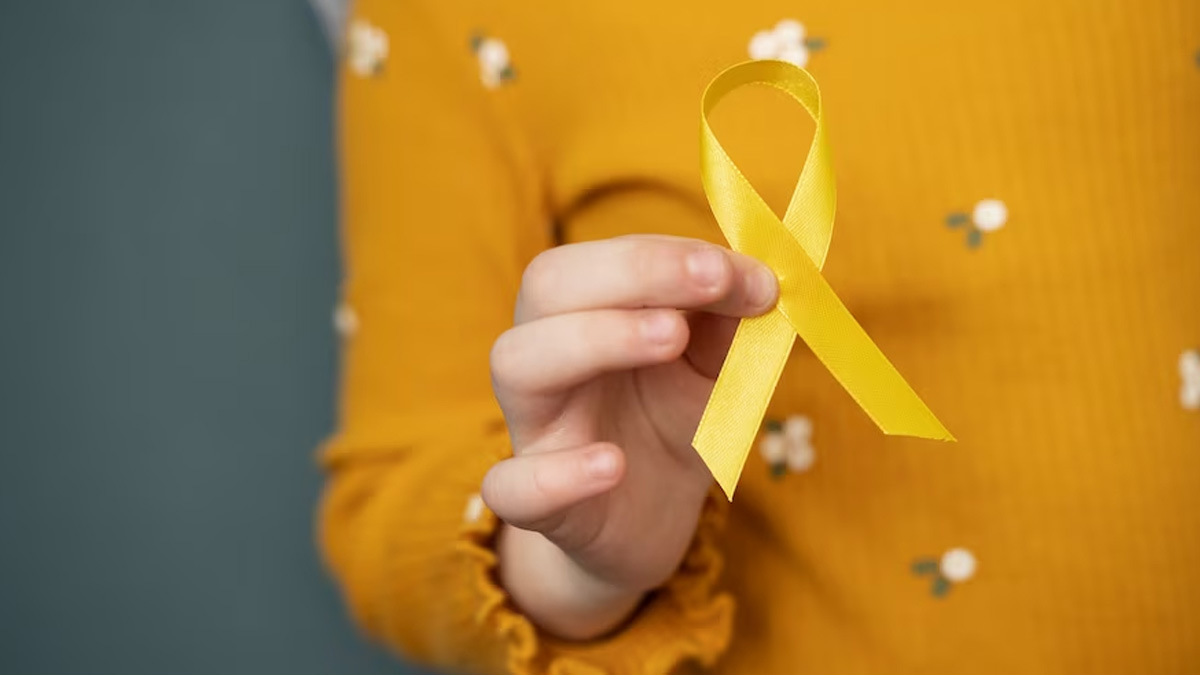
Hopelessness is one of the significant predictors of suicide risk. Often described as a profound and pervasive feeling characterised by a lack of optimism, expectation, or belief in positive outcomes, it can be a powerful factor contributing to suicidal thoughts and behaviours. Various factors can lead to such thoughts including untreated mental health issues, overwhelming life circumstances, or a feeling of being trapped with no way out. It's extremely important to recognise the signs of hopelessness and offer support to individuals experiencing it to help reduce suicide risk.
Table of Content:-
On World Suicide Prevention Day 2023, we at OnlyMyHealth spoke to Dr Rashi Agarwal, MD-Psychiatry, Lokpriya Hospital and Medico Home, Meerut, to understand the relationship between hopelessness and suicidal thoughts, highlighting the need to recognise, overcome, support those experiencing the same.
Suicide Prevalence
.jpg)
According to the World Health Organization (WHO), nearly eight lakh people die due to suicide every year, claiming the life of one person every 40 seconds. For each suicide, more than 20 suicide attempts are reported.
In India, the suicide mortality rate per one lakh population was 16.5, while the global average was 10.5 per one lakh in 2016, as per the WHO. The most vulnerable are the 15-29 year old’s, the elderly, and persons with special needs, the global health body adds.
While mental health disorders are the primary risk factors of suicide and suicidal thougts, the US Centers for Disease Control and Prevention (CDC) suggests factors like serious illnesses, criminal/legal problems, financial issues, substance abuse, bullying, loss of relationships and a sense of hopelessness can also increase one's risk of suicide.
Understanding Hope And What Hopelessness Feels Like

Dr Agarwal describes hope as the light at the end of the tunnel or shimmering stars in the everyday night sky. On the other hand, she says, “Hopelessness would mean seeing no light; like nothing good would happen and even if we try, we lose that spark or that belief that things could go our way or for the better.”
Therefore, what makes hopelessness one of the leading risk factors of suicide is a loss of perspective, making it difficult to envision a future without suffering or despair. It can impair a person's ability to solve problems or seek help, magnifying emotional pain, making it feel unbearable.
According to Dr Agarwal, when a person starts to develop such feelings, they imagine the worst that can happen and believe that nothing better can come out of this; no matter how hard they try they usually feel hopeless and helpless which leads to suicide both as impulsive as well as planned activity.
Time To Take Action

"Creating Hope Through Action" is the theme for the World Suicide Prevention Day 2023. It serves as a call to action and a reminder that every effort we make, every step that we take can make a huge difference in the lives of those struggling with mental health and suicidal thoughts.
The CDC suggests factors, such as effective coping and problem-solving skills, reasons for living, support from partners, friends, and family, connectedness to community, and reduced access to lethal means of suicide, can lower suicide risk.
Also Read: Spate Of Suicides: Is Compromised Mental Health Triggering People To Take Such A Step?
“The main things people around a depressed and/or hopeless person need to do is to be present which can vary from giving a listening ear, being understanding, simply knowing and helping them with simple activities like getting them groceries and being supportive,” says Dr Agarwal.
“As per the psychiatrist, it is also crucial to know where the boundaries to help get blurred and when to seek professional help for the same. Many times, it’s necessary for family/dear ones to recognise professional help and the importance of therapy and medications,” she adds.
Conclusion
Mental health has become a major public health issue in and around the world. Suicide rate are rising and stigmas around the same continue to exist. It is time that we start recognising the subtle signs, begin assessing risk factors, and initiate taking necessary steps to overcome them. Seeking therapy is one effective way to tackle the crisis.
Also watch this video
How we keep this article up to date:
We work with experts and keep a close eye on the latest in health and wellness. Whenever there is a new research or helpful information, we update our articles with accurate and useful advice.
Current Version